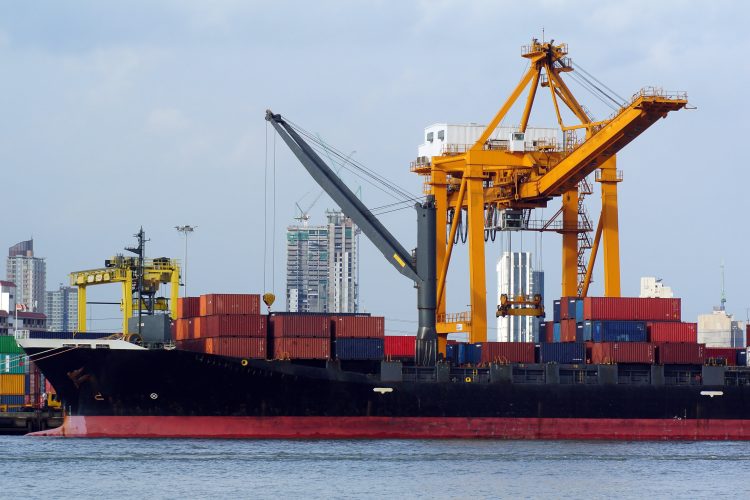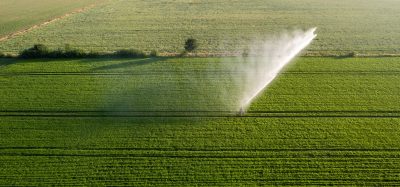What is the FDA doing to ensure the safety of imported seafood?
Posted: 23 March 2023 | Grace Galler | No comments yet
The FDA has released a report delving into what approach it is taking to ensure that seafood imported into the US meets food safety requirements.


The US Food and Drug Administration (FDA) has released a report titled Activities for the Safety of Imported Seafood which reveals the Administration’s approach to ensuring that seafood products meet the food safety requirements and standards of domestically produced seafood.
According to Seafish, the US imports 90 percent (by value) of its seafood. It also claims that more than half of this is grown via aquaculture in other countries.
Noting that the safety of imported seafood, especially shrimp, has garnered FDA attention in recently, the new Import Strategy describes a comprehensive approach to imported food safety which is outlined by four goals:
- Food Offered for Import Meets US Food Safety Requirements
- FDA Border Surveillance Prevents Entry of Unsafe Foods
- Rapid and Effective Response to Unsafe Imported Food
- Effective and Efficient Food Import Program
The Import Strategy also delves into how FDA regulation and programmes and technology are utilised to support each of the four goals.
The FDA has said that partnerships with countries that export seafood to the US will be done through exploring the use of Artificial Intelligence (AI), specifically Machine Learning (ML), to strengthen predictive analytics; and developing new tools that leverage technology such as geographic information system (GIS) to provide spatial intelligence about potential seafood hazards.
To read the full report, click here.
Related topics
Food Safety, Regulation & Legislation, Research & development, Trade & Economy









